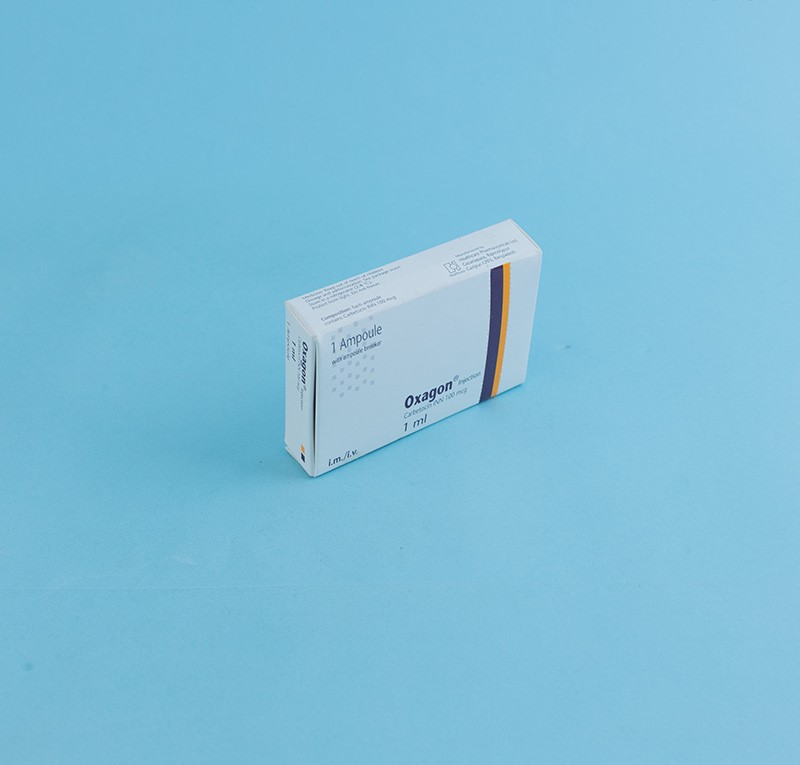Oxagon® is a long-acting synthetic octapeptide analogue of Oxytocin with agonist properties. Like oxytocin, Oxagon® selectively binds to oxytocin receptors in the smooth muscle of the uterus, stimulating rhythmic contractions, increasing the frequency of existing contractions, and raising the tone of the uterine musculature.
On the postpartum uterus, Oxagon® is capable of increasing the rate and force of spontaneous uterine contractions. The onset of uterine contraction following Oxagon® is rapid, with a firm contraction obtained within 2 minutes. A single 100 microgram intravenous dose of Oxagon®, administered after the delivery of the infant, is sufficient to maintain adequate uterine contraction, preventing uterine atony and excessive bleeding, comparable to an oxytocin infusion lasting several hours.
Oxagon® is indicated for the prevention of uterine atony and excessive bleeding following delivery of the infant by elective caesarean section under epidural or spinal anaesthesia.
A single intravenous dose of 100 micrograms (1 ml) of Oxagon® Injection is administered by bolus injection, slowly over 1 minute, only when delivery of the infant has been completed by caesarean section under epidural or spinal anaesthesia.
Oxagon® can be administered as a single dose only, either before or after delivery of the placenta.
Oxagon® should not be used in patients with a history of hypersensitivity to oxytocin, Oxagon®, or any of the excipients. It is contraindicated in patients with vascular disease, especially coronary artery disease, hepatic or renal disease.
Oxagon® should be used cautiously in patients with epilepsy, migraine, asthma, and cardiovascular disease or any condition where a rapid addition of extracellular water may cause complications. Patients with eclampsia and pre-eclampsia should be carefully monitored for changes in blood pressure.
Intravenous Oxagon® is frequently associated with nausea, abdominal pain, pruritis, flushing, vomiting, feeling of warmth, hypotension, headache, and tremor in 10-40% of patients.
Infrequent side effects (1-5% of patients) include back pain, dizziness, metallic taste, anaemia, sweating, chest pain, dyspnea, chills, tachycardia, and anxiety.
The safety of Oxagon® in pregnant women has not been fully established. Potential benefits should be weighed against possible risks. Small amounts of Oxagon® have been detected in breast milk when administered between 7 to 14 weeks postpartum. However, the small amount transferred would not be expected to present a significant safety concern due to rapid degradation by peptidases in the infant's gastrointestinal tract.
No specific drug interactions have been reported with Oxagon®.
Overdosage of Oxagon® may result in uterine hyperactivity, leading to uterine rupture or postpartum hemorrhage. Severe overdose, particularly with excessive fluid intake, can lead to hyponatraemia and water intoxication.
Oxagon® Injection should be stored in a refrigerator at 2-8 ºC and protected from light. Do not freeze. Once the ampoule is opened, the product should be used immediately.
Medicine: Keep out of reach of children
